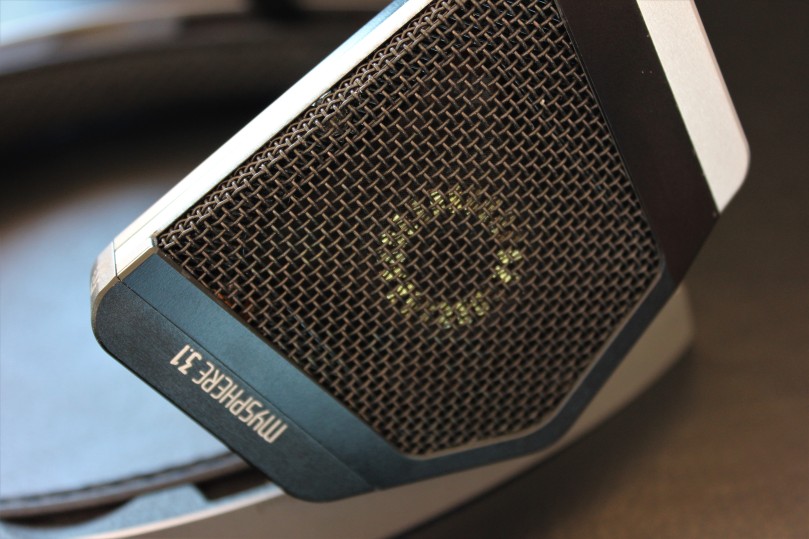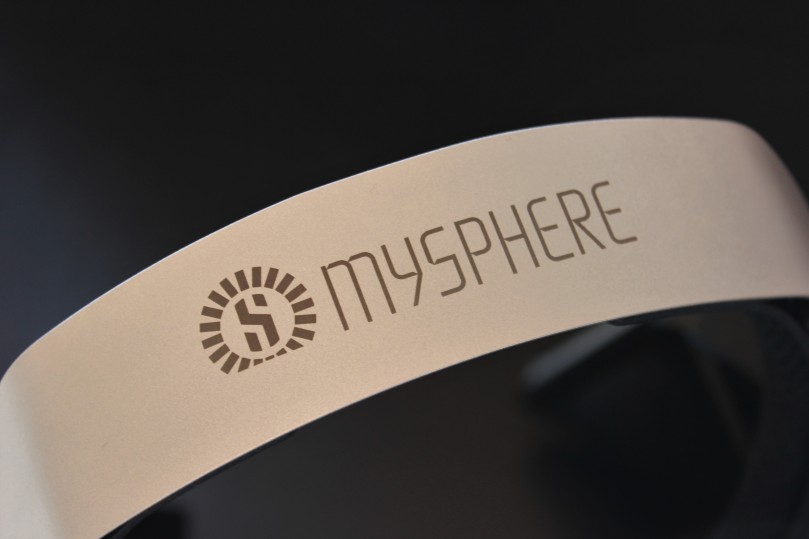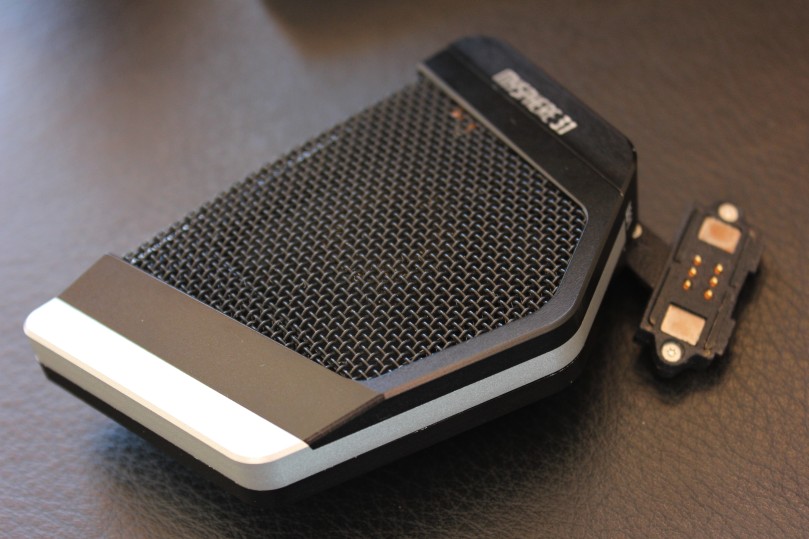About me
I’ve been in this hobby for 10 years now, over the years I’ve owned most of the popular TOTL gear in an attempt to find my ideal sound.
To give you an idea of my journey:
Amps:BH Crack, Project Ember 2.1, DNA Stratus, GSX-MK2, Moon 600i, Woo WA5, Apex Peak,Cavali Liquid Glass, Apex Teton, DNA Stellaris
HP: HD580, HD600, HD650,2xHD800,2xLCD-3, LCD-4, HEK, 2xAbyss, ZMF Eikon,Verite, AKG K1000 bass heavy.
DAC: LH Labs, Yggy A1, Yggy A2, Pavane with Dac2
I’ve been to four canjams and sampled almost everything possible including both Orpheus, BHSE/MSB 009, Sangri-La etc.
Introduction
It was my love/hate relationship with my K1000 that made me buy the test set for MySphere to try out on my own equipment.

For anyone who has heard the K1000 on a good setup no doubt the enormous soundstage, exceptional vocal presentation and mid bass punch is hard to resist and is why I enjoyed them. The hate part is due to a large treble spike, a noticeable lack in microdetail and the tricky amplification.

 Build quality
Build quality
The closest headphone as far as quality is concerned are the Focal Utopias, the overall feel is quite similar. There’s a sense of absolute toughness about them even if they look fragile. I couldn’t find a single area where it was less than perfect from the mesh grill to the fabric of the headband.
Tolerance is excellent with no unexpected gaps or slight variation where the individual components meet up. This cannot be taken for granted these days. A step up from the originals and a true evolution of the ear speaker design.

The stock cable is of good quality, but it tends to tangle because of how thin it is. No off the shelf Chinese plugs are used here.
Changing the sound frames is a seamless experience, I do appreciate the overengineering done here from the click when pressing in the headband to the magnetic support.
 Comfort
Comfort
As a whole I’d give an 8.5 out of 10 for comfort. The main issue here is if you wear glasses the frame can interfere and be a less than ideal experience otherwise it would a 9.5. The first couple of days were trial and error and eventually I found a compromise but it’s still an ongoing struggle. A similar but less annoying experience of owing the Abyss 1266.
They have above average clamping for me, and the pressure is evenly distributed due to the large area and the unique way the headband is constructed.
Compared to the K1000 or Abyss which use a similar sort of design, MySphere stays exactly where you set them. Even if you get quite acrobatic it’s hard to make them loose grip and move around unlike the others. This results in a far fewer adjustments required over a long session.
A huge boost in comfort is the lack of earpads and this cannot be understated. Even the most comfortable headphones such as the Empyrean ultimately loose to a design which doesn’t use earpads.
Adjustments
MySphere belongs to a select few where on the fly adjustments to the sound can be made.
There are two options: height and angle of the ear speaker. I would have preferred an adjustment of overall distance from the ears, but I can understand the complexity that would entail.
My ideal is between 0 and -0.5 for height track dependent. Any higher and the sound becomes thin, looses any sort of low end. Going lower you lose sparkle and gain mid and upper bass with midrange thickness. Also going lower than -0.5 my ears touch the fabric of the drivers, not a big issue as I don’t usually use them that low but might be something to consider. To give a point of reference I usually just touch the inside of the LCD-3 driver grill.
For the angle I use them 90% of the time at maximum extension where imaging and resolution are at their best, something I never did with the K1000 due to a complete lack of low end.
The big plus for me is being able to adjust on the fly the midrange to soundstage ratio. For some recording the vocals can appear distant and adjusting the drivers closer by 0.5cm is enough to balance the sound at a slight cost of soundstage. It’s easy to make it an intimate, forward presentation where it’s called for.
Gear
PSAudio P12, Metrum Pavane, DNA Stellaris, Woo WA5, Lynx AES16e.
Mysphere 3.1 and 3.2
Both excel at low volume, usually most cans sound their best when driven above ambient volume especially planner magnetics. Both 3.1 and 3.2 sound gorgeous at medium to low volume, most important detail is preserved, vocals are still crystal clear.
Classical, acoustic, chamber music etc. are best suited for MySphere and will provide an experience with equal. HD800 has been dethroned.
Low bass would be my only criticism on both cans. While they retain the mid bass punch of the K1000 that I enjoyed no further improvements have been made regarding quantity and impact. Quality is improved as overall there’s an increase in focus and control.
When pushed hard especially on synthesised tracks both will lose composure with auditable low end distortion.
However, for instruments such as drums, percussion, bass guitars etc. the low end is very life like, never overdone and supports the rest of the frequency spectrum as intended.
Soundstage is about the same on both and a tad smaller than the K1000 but larger than anything else including HD800/Abyss.
Imaging is one of the biggest strengths of both, think Utopia precision but on a large scale.
The background is as black as you can make your environment. My previous go to headphones now sound grey-ish. To put it simply it’s the different between LED and OLED blacks.
Neither is a forgiving headphone, low resolution music won’t sound good.
MySphere 3.1

It was easy to see the DNA Stellaris, an amplifier inspired by the AKG K1000 was a natural synergy.
Both the amp and 3.1 excel in the same areas with similar sonic qualities if described individually: speed, precision, tone, transients, focus, microdetail, dynamics.
After trying several setups, I feel MySphere 3.1 needs a super refined, neutral, extremely fast, polite amplifier. The stock cable does a magnificent job getting out of the way, after trying a 1000$ cable I did get a slight increase in overall dynamics but made the top end fuzzy and changed the character for the worst.
This combo should go down in history as one of the all time greats, easily next to BHSE/009, Dave/Utopia etc.
Transient response is the main attraction for me, I’ve never heard a more beautiful transition of notes where before I never took this aspect into account. Most headphones are average, HD800 was my previous benchmark but they’ve been completely outclassed.

Burst response and speed are also best in class. While there are many fast headphones very few maintain a natural tone. I find the Utopia slightly metallic in its signature and the 3.1 would be closeer to the Verité. Regardless of how fast passed or explosive the music gets MySphere can cope with ease while sounding completely relaxed and mainlining imaging and layering as if it was playing a single instrument at a time.
Tone is as neutral as can be. My previous benchmark for neutral sound was the Sennheiser HD580 followed by HD800 and both sound coloured by comparisons.
Out of the two, 3.1 has an edge in soundstage and imaging and layering, Never sounding diffuse, or hollow. Width and height are excellent with good but not great depth.
Frequency range is very well balanced with nothing standing out. Mids are extremely detailed, smooth but its neutral tone might leave some, including me to want more. I do prefer a hint of warmth and there’s none to found here. Closest vocal former I’ve heard would by my HD580 driven by the same amp.
High end is a bit shy and might be the result of the thick weaving in the test set. There’s an option for a lighter weave which may improve overall air.
3.1 strikes a perfect balance between detail and smoothness. Usually highly detailed headphones come with all sort of spikes, unevenness and harshness. MySphere manages to present every shimmer and sparkle without sounding harsh even on tracks prone to such.
I’d say it’s a slightly darker HD800 with more density without being thick.
 Mysphere 3.2
Mysphere 3.2
Where the low impedance headphone is delicate, refined, composed, this one has more character.

In this case the stock cable made them sound thin with mediocre dynamics compared to the upgraded cable which made them blossom. I’m confused as to why but there’s no denying the difference it makes. An upgraded cable is a must for them.
It’s all about the mid range. Vocals are the pinnacle of headphone reproduction, just the right amount of warmth to give them presence while the low and top end are there for support.
While the Stellaris sound great it’s not an ideal match. The Woo WA5 using the high impedance output on the other hand is. As with the previous combination I find the qualities of the amp in this case the WA5 match the 3.2 nicely. Punchier with a beautiful mid range and extended at both sides of the spectrum.
Using the WA5 with 3.1 you can sense the limitation of the amp not being able to provide the fine control the headphone wants. The transients are gone, high end is a bit rought, it feels strained.
Overall this is indeed a warmer headphone compare to 3.1 but not warm in the sense the HD650 is.
Low end had more heft and appears to have slightly more quantity but less fine control.
Technicalities are not to an extreme level as the 3.1, detail, transparency, transients, imaging take a step back.
Vocals are truly amazing and the only headphone I consider an upgrade over the K1000 midrange, LCD4 or a properly driven HD650. I’ve always appreciated a high impedance headphone driven by a high impedance amplifier.
It’s quite rare not to have to choose between richness and detail in the mids where you end up sounding either too thick or thin.
Tone is perfect for my tastes, certainly not neutral but a warmish-neutral with the same presence the K1000 has but far greater detail is extracted.
High end again lacks any spikes or harshness, one might say borderline dark but still highly detailed. Think of a slightly darker Abyss 1266 phi top end.
 Conclusion
Conclusion
While the 3.1 is a true marvel in technicalities and a revolution to the original AKG, 3.2 is the true successor of the K1000 and a direct upgrade.
It’s hard to say which one is better, both complement each other although on different amplifiers.
Tomorrow I must send them back and I’ve never been more heartbroken to lose the best headphones I’ve listened to.
They are indeed pure passion of listening.






































Did I mention that you should try the B pads!